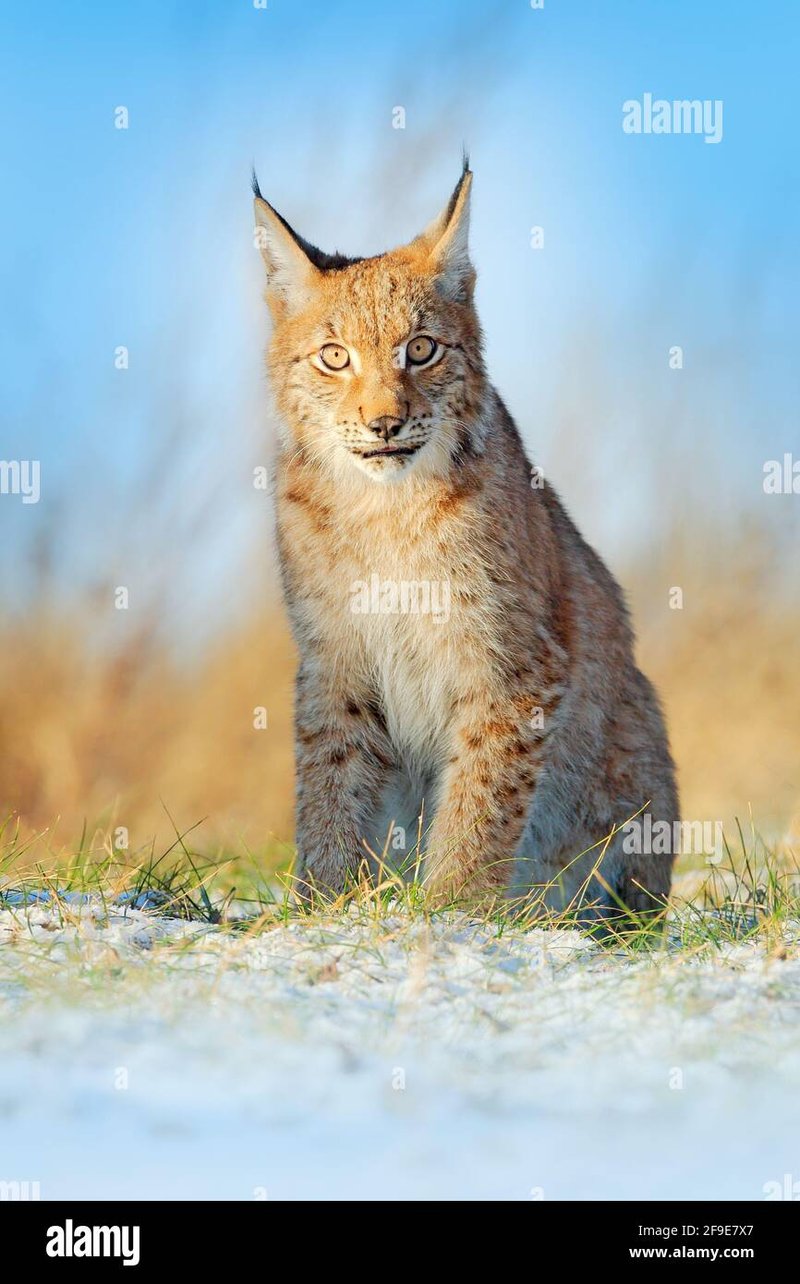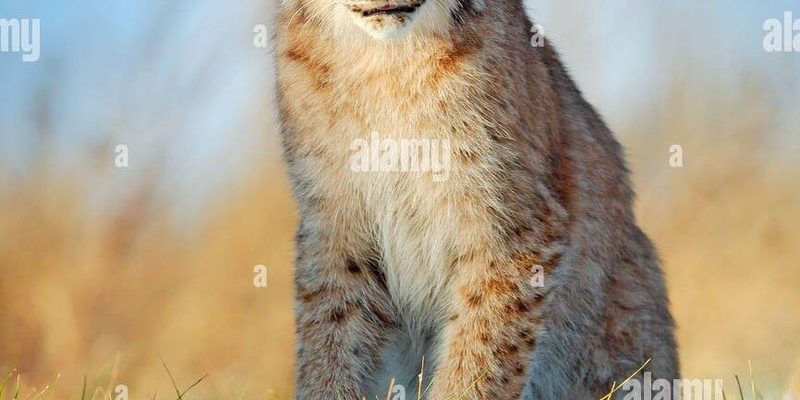
First off, you’re not alone in feeling a mix of excitement and caution when encountering wildlife. The Eurasian lynx is a fascinating animal, known for its stealth and beauty. However, knowing how to react in such a situation is crucial. Let’s dive into some friendly yet essential tips that can help you if you find yourself face-to-face with this incredible feline.
Understanding the Eurasian Lynx
The Eurasian lynx (Lynx lynx) is a large wild cat found throughout Europe and Asia. It’s known for its tufted ears, long legs, and beautiful spotted fur that helps it blend into its forest environment. You might be wondering why this matters. Understanding how they look, their behavior, and their habitat can help you appreciate their presence and know how to respond if you encounter one.
These cats are solitary creatures and are most active during dusk and dawn. They hunt primarily on deer and small mammals, which means they prefer areas with plenty of cover to stalk their prey. Despite their size, they’re incredibly stealthy—like a ninja of the animal world. If you happen to see one, it’s likely it didn’t see you first!
Knowing a bit about their diet and habits can also calm your nerves. Eurasian lynx are generally shy and avoid humans, so coming across one is pretty special. But if you do, being educated about them helps you react more appropriately.
Stay Calm and Assess the Situation
The first thing to do is to stay calm. Freaking out won’t help you or the lynx. Take a deep breath and observe the situation. Are you close, or is it some distance away? Is the lynx aware of your presence?
If the lynx seems uninterested in you, that’s a good sign. It’s likely just as curious about you as you are about it. But if it’s staring, make sure not to make any sudden movements. Animals can sense panic, and that can provoke a response you don’t want.
Honestly, keeping a cool head is vital. Think about it: if you were the lynx, you wouldn’t want someone coming at you all flustered either. So give it space and time to figure out what it wants to do.
Making Your Presence Known
If you find yourself in a position where the lynx hasn’t noticed you yet, consider making your presence known in a respectful way. Talk softly to let it know you’re human. Loud noises or fast movements can startle it, so keep it low-key.
You can also try to maintain eye contact without staring directly. Think of it like meeting someone new—you want to show that you’re friendly without being too intense. The lynx may decide you’re not a threat and move along, allowing you to enjoy the moment from a safe distance.
A good tip is to make yourself look larger by raising your arms or even waving, but do this gently. You don’t want to scare it off completely; just signal that you’re human and not prey.
Retreat Slowly and Carefully
If the lynx starts to show signs of stress or curiosity—like crouching or moving towards you—it’s time to consider your next steps. You should retreat slowly. Quick movements can trigger a chase instinct in the cat. Instead, pivot your body away from the lynx and take deliberate, measured steps backward.
Imagine you’re on a nature walk and came upon an unexpected neighbor. You wouldn’t rush toward them, right? You’d take your time to ease out of the situation. The same principle applies here.
As you back away, keep your eyes on the lynx. It’s essential to know where it is. If it gets too close, don’t panic. Just keep a steady pace until you’re at a safe distance.
Do Not Approach or Feed the Lynx
This should go without saying, but it’s crucial: do not approach or feed the lynx. Wild animals, even those that look cute or harmless, can be unpredictable. Feeding them can also cause them to lose their natural fear of humans, leading to dangerous interactions in the future.
Think about it: if you were out enjoying a peaceful picnic and someone came up, offering you snacks, it would disrupt your peace, right? Plus, it could create a dependence on humans, which is not good for the animal. Enjoy the wildlife from a distance and let them live their wild lives.
Remember, these are wild animals, not pets. Observing them from afar can be a magical experience. Just appreciate their beauty without trying to change their natural behavior.
Know What to Do After the Encounter
Once you’re in a safe spot, it might be a good time to reflect on what just happened. Take a moment to jot down your experience, or even better, share it with friends or on social media. Sharing your encounter not only spreads awareness but can also help others learn how to handle similar situations.
If you happen to have a camera, capturing the moment—without invading the lynx’s space—could be a great way to remember the experience. Just make sure to keep your distance while doing so.
You might also want to do a little research afterward. Learn more about the lynx’s role in the ecosystem, its conservation status, or the best places to see them in the wild. Engaging with wildlife in this way can deepen your appreciation and understanding of nature.
Respecting the Habitat of the Eurasian Lynx
Lastly, let’s talk about respecting the habitat. The more we value and protect these environments, the better chances we have at seeing creatures like the Eurasian lynx. Keep to marked trails, avoid littering, and respect wildlife regulations in any area you visit.
Remember, you’re a guest in their home. Practicing good eco-friendly habits will help ensure that future generations can enjoy seeing these magnificent animals as well.
Encountering a Eurasian lynx can be a thrilling, once-in-a-lifetime experience. By staying calm, assessing the situation wisely, and respecting the animal’s space, you can enjoy this moment safely.
Animals, especially wild ones, need our respect and understanding. Each encounter is an opportunity to learn more about nature and our role within it. So next time you’re out in the wild, keep these tips in mind. You might just be lucky enough to meet a lynx or any other incredible wildlife that calls the great outdoors home. Enjoy your adventures and remember to keep our wild friends safe and undisturbed!

